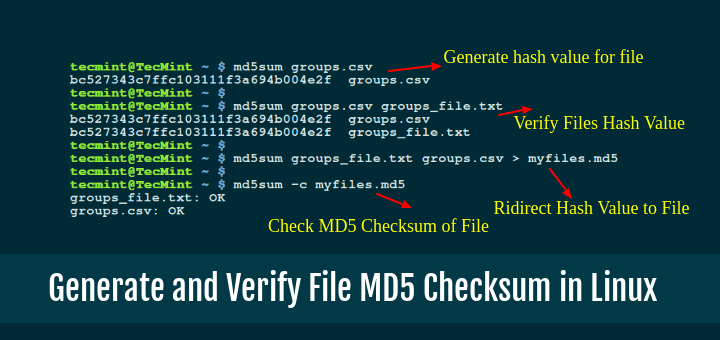

- How to check file hash algorithm how to#
- How to check file hash algorithm zip file#
- How to check file hash algorithm password#
After extracting the files, double-click on the “AddHashOptionRightClick.reg” file.
How to check file hash algorithm zip file#
Download the file from here and extract the contents of the zip file to your desktop.Ģ. Since we need to create a lot of new values for different types of hash algorithms, to make things easier, I made the reg file for you.
How to check file hash algorithm password#
Just follow the steps as is and it will be done in no time.ġ. So if a hashed password is stored in the above format, you can find the algorithm used by looking at the id otherwise it’s crypt’s default DES algorithm (with a 13-character hash), or big crypt’s DES (extended to support 128-character passwords, with hashes up to 178 characters in length), or BSDI extended DES (with a prefix followed by a 19-character hash). Though sounds complicated, it is very easy to do. We can add all these algorithms as sub-options to the Hash option in the right-click menu. The cmdlet supports several different hash algorithms like MD5, MACTripleDES, SHA1, SHA256, SHA384, SHA512, etc.

Windows uses PowerShell’s Get-FileHash cmdlet to give you the hash value. Add Hash Option to Right-click Context Menu This tutorial is a step by step guide to Generate SHA2 based Certificate using OpenSSL. This allows you to find the hash value with just two clicks. In the Certificate dialog, click Details and select Signature hash algorithm and lookout for the value (refer the screenshot of Chrome). However, to makes things easier, you can add the Hash option to the right-click context menu. I'm working on a app which will calculate the hash of a file in few known hashing algorithms such as MD5, SHA1, SHA224, etc. I can't find the definition for this in HashAlgorithm.
How to check file hash algorithm how to#
Inference : Green Encircled : You can note down that the hashing algorithm is ‘sha512‘. I wonder how to get whirlpool hash of a file. Generally, you have to manually execute commands to get different hash values. For the user ‘sathish‘ you can note down 6, which actually indicates that the hashing algorithm is SHA 512 and the length of encrypted password is 86 characters(note from the table). In addition to that, you can also use the hash values to differentiate between two identical files. Compare it to the checksum file that was downloaded earlier to see if they. Press enter, and you should see the hash being output with the file’s path and algorithm used. We want the SHA256 hash this time around so it will be used for the -Algorithm argument. Simply put, a hash value gives you a cryptographically secure way to determine the file integrity. Computes the hash value for a file by using a specified hash algorithm. Here the path to the file that we want to check it’s hash will be specified first. Since the value is generated using the file contents, if the file is modified in any way, no matter how tiny the change is, the hash value will change automatically. In case you don’t know, a hash value is an algorithmically generated value using the file contents rather than superficial things like file name and extension. This example uses the Get-FileHash cmdlet and the SHA384 algorithm to compute the hash value for an ISO file that an administrator has downloaded from.


 0 kommentar(er)
0 kommentar(er)
